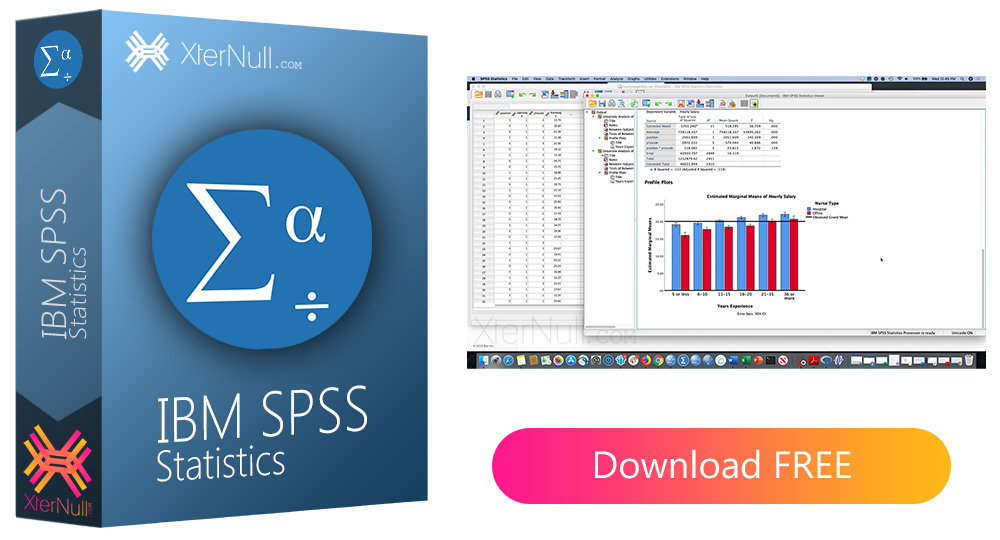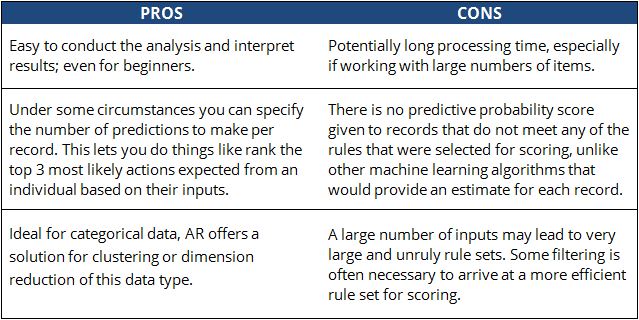


On top, I bag this model 25 times and use voting to combine the bags. This has another advantage that by adding and removing nodes while doing the gradient descend, it is less likely to end up in a local minimum. The number of hidden nodes can be set, but in this case, I leave it up to the simulated annealing algorithm to determine the optimal architecture. A neural network: a multilayer perceptron with a tanh activation function for the hidden layer, softmax for the last layer and cross-entropy loss.For the purpose of demonstration, I choose the following 3 models (which I will keep constant for the creation of the ensembles, but this is not necessary). We are interested in doing it a bit more verbose. There’s an auto-classifier node that chooses the best set from those available and ensembles the results automatically. With the choice of 16 different machine learning models that handle binary classification, it may be hard choose which one to use. Of course, I could have generated more data and more variables, but that would not have enhanced the demonstration of ensembles. All with all, this is fairly realistic data for a small learning problem. The binary target is unbalanced (5.4% in the True category). There is a varying amount of missing data across the predictors. The data shows 13 mixed measurement level predictors with the continuous data being non-normal and skewed. Figure 2 shows how this is achieved in Modeler (read the documentation of the stream) and Figure 3 shows (part of) the data audit output. The first step after getting data is looking at it. The purpose for this is that I can generate new data from the ‘population’ at will, and so I can always generate another validation set. This is also done in Modeler, and the details can be found in the appendix.

I simulated data with a data generation scheme to create a data set with interesting high order interactions. An end-node can be executed, upon which the data flows through the nodes, from start to end, being transformed along the way by the operations of the nodes. Modeler has a canvas, in which nodes are placed. The interface of Modeler with the completed blended/stacked model is shown on top of the post. Peeking ahead, I will end up with a combination of about 127 models, which score in 7ms (non-optimized, on a single 8-core virtual machine) when creating a scoring web service around it (again, without a single line of coding). It is often heard that monstrous ensembles are only good for winning Kaggle, but in practice, they never make it to production. Blending or stacking refers to the method(s) where models take the predicted values of other models as predictors. In this document, I will demonstrate the ability to build blending/stacking models. This is mainly archived by the orchestration based interface and the ability of document each step of the process in the tool itself. One of the features of the tool is the ability to build complex pipelines while keeping it entirely transparent what is being done. The tool provides access to advanced models as Random Forest, Support Vector Machines and Neural Nets without a single line of coding, and without losing flexibility or insight in the models. IBM SPSS Modeler (or short: Modeler) is an orchestration based data mining workbench with ETL capabilities.


 0 kommentar(er)
0 kommentar(er)
